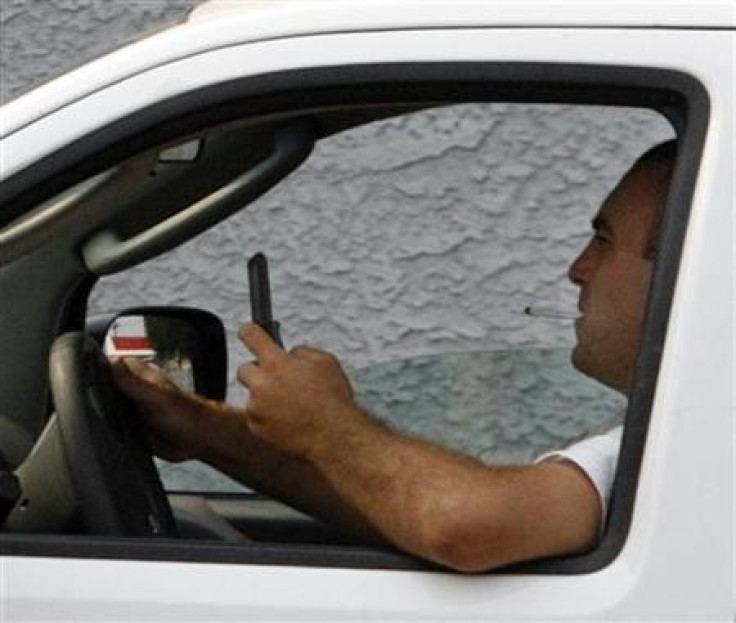Report: Cell Phone Usage While Driving Has Gone Up

The research and the science has been conducted and it's clear: distracted drivers are very much on the prowl and worse than ever before.
According to research done by the Governors Highway Safety Association (GHSA), distractions such as cell phone usage and texting are the cause of up to 25 percent of all accidents in the U.S. The GHSA used 350 scientific papers and various studies to conduct the report. The report, Distracted Driving: What Research Shows and What States Can Do, identifies the types of distracted driving, how often drivers ae distracted and how distraction impacts driver performance.
There are numerous ways a driver can get distracted from thinking about something else to hearing something on the radio. Cell phones are the biggest perpetrators of distracted driving through calling and texting. Recent surveys indicate two-thirds of drivers indicated using a cell phone on the road, while one-third do it routinely. In 2009 in the GHSA's last report, this number was only 7-10 percent.
One-eighth of drivers are guilty of texting while driving. The report indicates texting while driving is actually a lot worse than calling. It also finds that hands free cell phone use is no better than regular hand held cell phone use.
Along with determining the causes and effects of distracted driving, the study goes over effective countermeasures for distracted driving. Low-cost measures on the road itself such as edgeline and centerline rumble strips are effective in alerting drivers when they have drifted. The GHSA says there should also be a country wide texting ban and the states that have them should enforce them.
The report also says more research must be done to conclude the effectiveness of how to solve the problem.
While distracted driving is an emotional issue that raises the ire of many on the road, states must take a research-based approach to addressing the problem. Until more research is conducted, states need to proceed thoughtfully, methodically and objectively, said GHSA Executive Director Barbara Harsha in a statement.
Harsha did note the effectiveness of programs in New York and Connecticut. Those states, which modeled their anti-cell phone driving laws after the Click It or Ticket program, were able to change motorist behavior.
Our report includes the preliminary results of these cell phone crackdowns, which have prompted dramatic declines in hand-held cell phone use and texting behind the wheel. The final results are expected shortly and should be considered as states move forward with education and enforcement initiatives, Harsha said.
© Copyright IBTimes 2024. All rights reserved.











